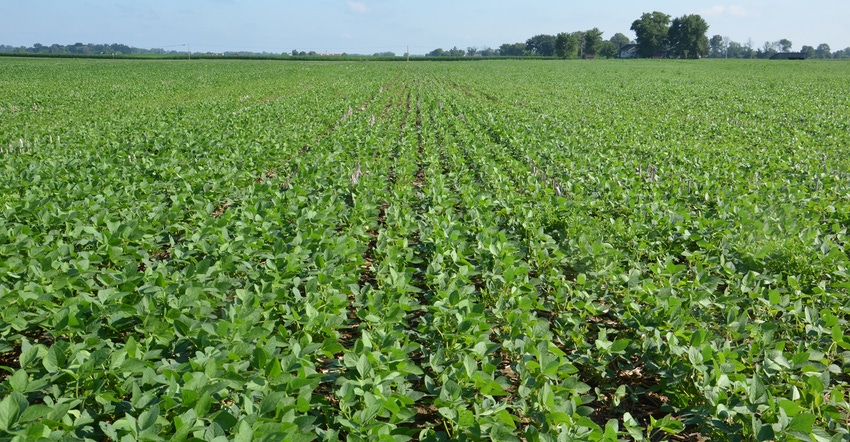July 27, 2021

What can I afford to pay for rent in ’22? My landowners will want more money when renewing leases. Some university budgets show higher production costs than what my costs are. Based on their budgets, I could barely make it at the current rent.
The Profit Planner panel includes David Erickson, farmer, Altona, Ill.; Mark Evans, Purdue University Extension ag educator, Putnam County, Ind.; Jim Luzar, landowner and retired Extension educator, Greencastle, Ind.; and Steve Myers, farm manager with Busey Ag Resources, LeRoy, Ill.
Erickson: Review and fully evaluate your cost of production using accrual accounting, but use public data to benchmark your position. Look for ways to reduce costs and ways to improve your revenue. Be patient and don’t rush the process. Sometimes we make a decision based on perceived need, but a good conversation with your landowners will put you in a better position to understand their desires and come to a mutually beneficial conclusion.
Evans: Cash rents have a wide spread for many reasons, including lack of communication between landlord and tenant resulting in lack of lease rate plan adjustments as economic conditions change. A landlord has the utmost responsibility to assure that leases stay current, as a tenant is not typically coming to the landlord saying, “I think I should pay you more” for cash rent. Also, a tenant has a strong responsibility to communicate what he or she is doing to benefit the landlord with practices, such as maintaining field borders and sharing ag economics if the landlord isn’t well versed in such principles.
Too often, tenants do not place proper value on labor charges that are typically in university budgets. Additionally, tillage practices result in many of the cash rent agreement variations.
Bottom line is communication is critical. Some landlords are committed to their long-term land quality, while others only care about making the most bucks this year. Tenants obviously need to make money as well.
Luzar: University budgets reflect all costs of production, including fixed and variable costs, and provide an average of what it costs to produce an acre of crop. Budgets are a guideline and vary farm to farm, with your actual data serving as the best input for budgeting.
Fixed costs like operator labor and machinery depreciation are sometimes glossed over to focus on cash costs. That may be a reason you feel the university budget is a higher cost structure. Variable costs like seed, fertilizer and chemicals are typically priced in budgets at average market values and input levels. I can attest that there is significant variability in actual farm cost data.
Once you have created an accurate budget for 2022, evaluate farm rents and plan for that landlord conversation. It will be a harder conversation if you’re a higher-cost producer. How much fixed cost you absorb to keep renting a farm is discretionary. Your yield and price expectations, financial situation, profit potential, and personal goals all factor into your cash rent bid. Higher potential crop incomes may warrant a flexible cash rent.
Myers: I suggest using your actual numbers compared to “off the rack” budgets, as your operation has unique economic characteristics. To better understand others’ budgeting, ask! Ask the person who prepared or ask your accountant, as most folks are eager to detail. A complete understanding of these numbers is critical to your cash rent presentation. Include key items like machinery or cost of funds in an enterprise budget.
You May Also Like




